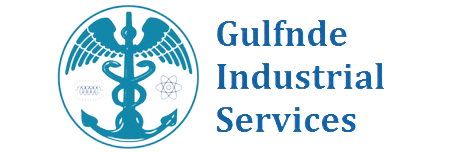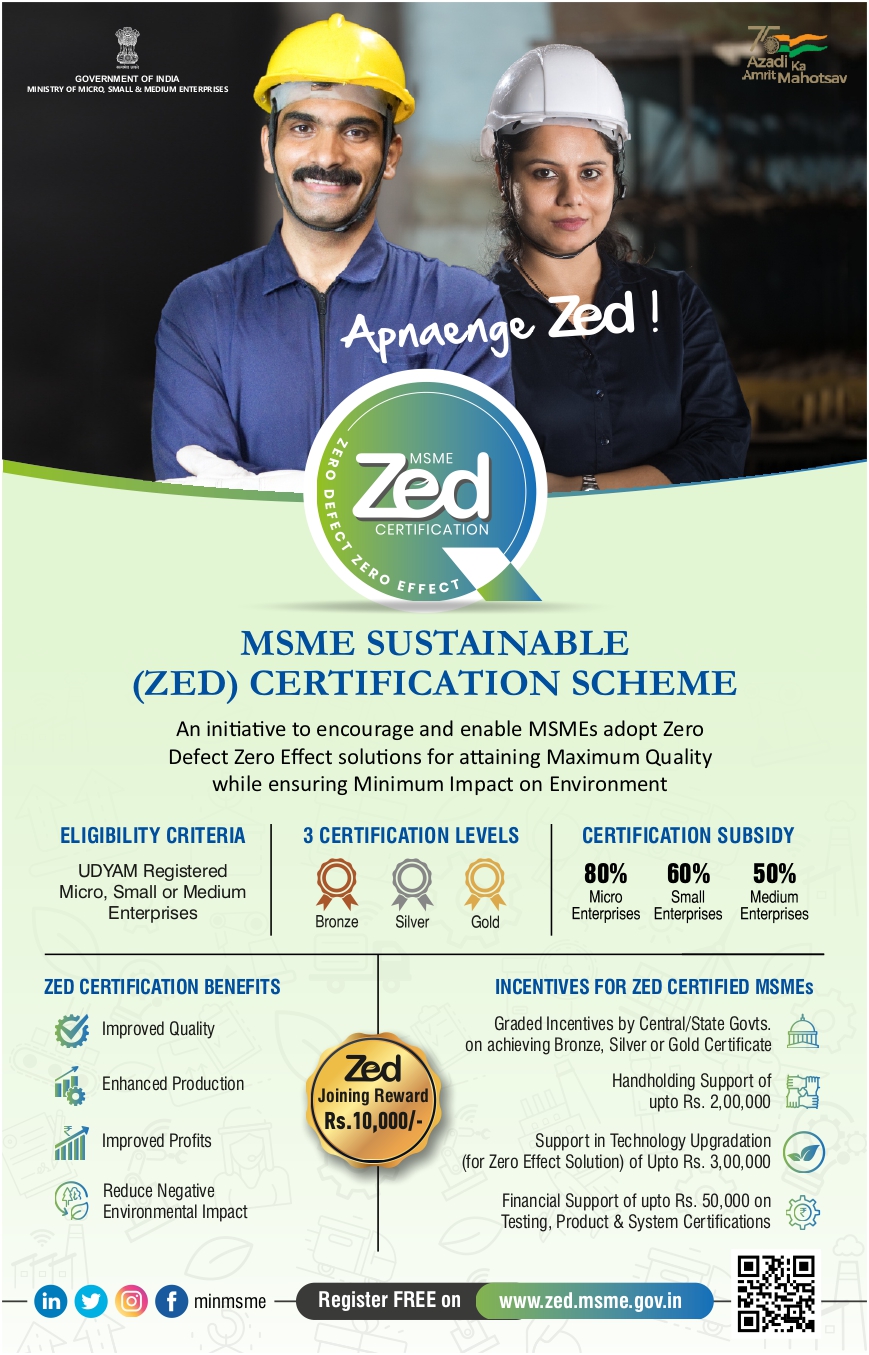1. The design, materials, manufacturing, erection, and testing of aboveground steel storage tanks are all covered by API 650. What is the maximum internal pressure for tanks that aren't covered by this standard's appendix F?
a) Maximum pressure shall not exceed 15 psig
b) Maximum pressure shall not exceed 15 psia
c) Maximum pressure shall not exceed the weight of the roof plates
d) Maximum pressure shall not exceed the weight of the floor plates
2. A small internal service pressure is to be applied to an aboveground storage tank. Which standard or code should the tank be built to?
a) API-650 providing the requirements of Appendix F are met
b) API-653 providing the requirements of Appendix F are met
c) ASME-Section VIII, Div. 1 providing the requirements of Appendix F are met
d) ASME-Section VIII, Div. 2 providing the requirements of Appendix F are met
3. API-650 applies only to tanks whose entire bottom is uniformly supported and tanks in___ that have a maximum operating temperature of _____°F.
a) Any petrochemical service and temperature not exceeding 120°F
b) Non-refrigerated service and temperature not exceeding 200°F
c) Non-refrigerated service and temperature not exceeding 120°F
d) Any petrochemical service and temperature not exceeding 200°F
4. What is the purpose of the ( ) next to a paragraph number?
a) The paragraph requires a decision or action by the API
b) The paragraph requires a decision or action by the Inspector
c) The paragraph requires a decision or action by the purchaser
d) The paragraph requires a decision or action by the fabricator
5. According to Table 1-1, what is the status of Appendix O?
a) This Appendix is a Recommendation
b) This Appendix is a Requirement
c) This Appendix is Mandatory
d) This Appendix is Purchaser’s option
7. API-650 lists materials to be used in the construction of tanks covered by the standard. Is
it permissible to use materials other than those listed in the standard?
a) No only materials listed in API-650 may be used in tank fabrication
b) Yes as long as the manufacturer accepts full liability for tank failure
c) Yes providing it is certified as meeting all requirements of a material listed in API-650 and is approved by the API-653 Inspector
d) Yes providing it is certified as meeting all the requirements of a material listed in
API-650 and is approved by the purchaser
6. If a new or unused plate cannot be completely identified, may it still be used in the construction of tanks within the scope of API-650?
a) Yes only if the material passes the tests prescribed in Appendix S
b) Yes only if the material passes the tests prescribed in Appendix N
c) Yes only if the material passes the tests prescribed in ASME Section V
d) Yes only if the material passes the tests prescribed in ASME Section VIII, Div. 2
9. What is the maximum permitted underrun for shell, roof, and bottom plates?
a) 0.10 inch from the computed design thickness or minimum permitted thickness
b) 0.01 inch from the computed design thickness or minimum permitted thickness
c) 0.001 inch from the computed design thickness or minimum permitted thickness
d) 0.02 inch from the computed design thickness or minimum permitted thickness
8. Shell plates are limited to what maximum thickness?
a) Shell plates are limited to a maximum thickness of 1.250 inches
b) Shell plates are limited to a maximum thickness of 1.875 inches
c) Shell plates are limited to a maximum thickness of 1.750 inches
d) Shell plates are limited to a maximum thickness of 1.075 inches
10. Which of the following is not a requirement for shell plates that are thicker than 1.5 inches?
a) Plates thicker than 1.5 inches shall be free of mill scale and painted
b) Plates thicker than 1.5 inches shall be made to fine-grain practice
c) Plates thicker than 1.5 inches shall be impact tested
d) Plates thicker than 1.5 inches shall be normalized or quench tempered


